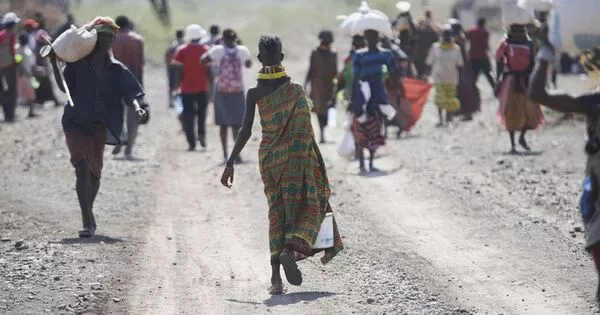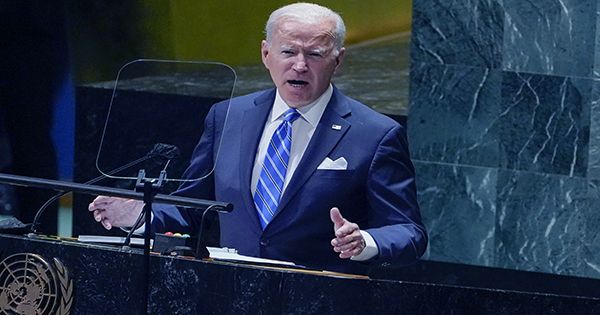People who are compelled to leave their home region owing to rapid or long-term changes in their local or regional environment are referred to as environmental migrants. Individuals or communities forced to leave their homes and regions due to environmental concerns, particularly those related to climate change and environmental degradation, are referred to as climate refugees or climate-induced migrants. These changes, which include increased drought, desertification, sea level rise, and disturbance of seasonal weather patterns (such as monsoons), jeopardize their well-being or livelihood.
Though there is no universally accepted definition of environmental migration, the concept is gaining traction as policymakers, environmental and social scientists, and others attempt to conceptualize the potential social consequences of climate change and other environmental degradation, such as deforestation or overexploitation. These factors can include:
- Rising Sea Levels: Coastal locations are especially vulnerable to rising sea levels as a result of climate change. Low-lying coastal settlements may become uninhabitable as sea levels rise owing to frequent flooding and erosion.
- Natural Disasters: People can be displaced from their homes by more frequent and severe natural catastrophes such as hurricanes, typhoons, floods, and wildfires. These disasters have the potential to damage infrastructure and render regions temporarily or permanently uninhabitable.
- Drought and Desertification: Prolonged droughts and desertification can result in the loss of arable land and water resources, making it impossible for agriculturally dependent societies to survive. People may be forced to relocate in pursuit of more hospitable locations as a result of this.
- Melting Glaciers: In regions dependent on glaciers for their water supply, the melting of these glaciers can lead to water scarcity, which can make it difficult for people to continue living in these areas.
- Temperature Extremes: Extreme heat and temperature changes can affect ecosystems and agriculture. In some cases, these changes can lead to food and water shortages, prompting migration.
“Environmental migrant” and “climate migrant” (or “climate refugee”) are terms that are sometimes used interchangeably with ecological refugee, environmental refugee, forced environmental migrant, environmentally motivated migrant, environmentally displaced person (EDP), disaster refugee, environmental displacee, eco-refugee, ecologically displaced person, or environmental-refugee-to-be (ERTB). The distinctions between these terminologies are still debatable.
These environmental migrations present enormous issues for individuals and communities affected, as well as the countries and regions receiving them. Addressing the needs of environmental migrants necessitates a concerted effort that includes steps to minimize climate change, adapt to its effects, and give assistance and protection to those compelled to migrate as a result.
















